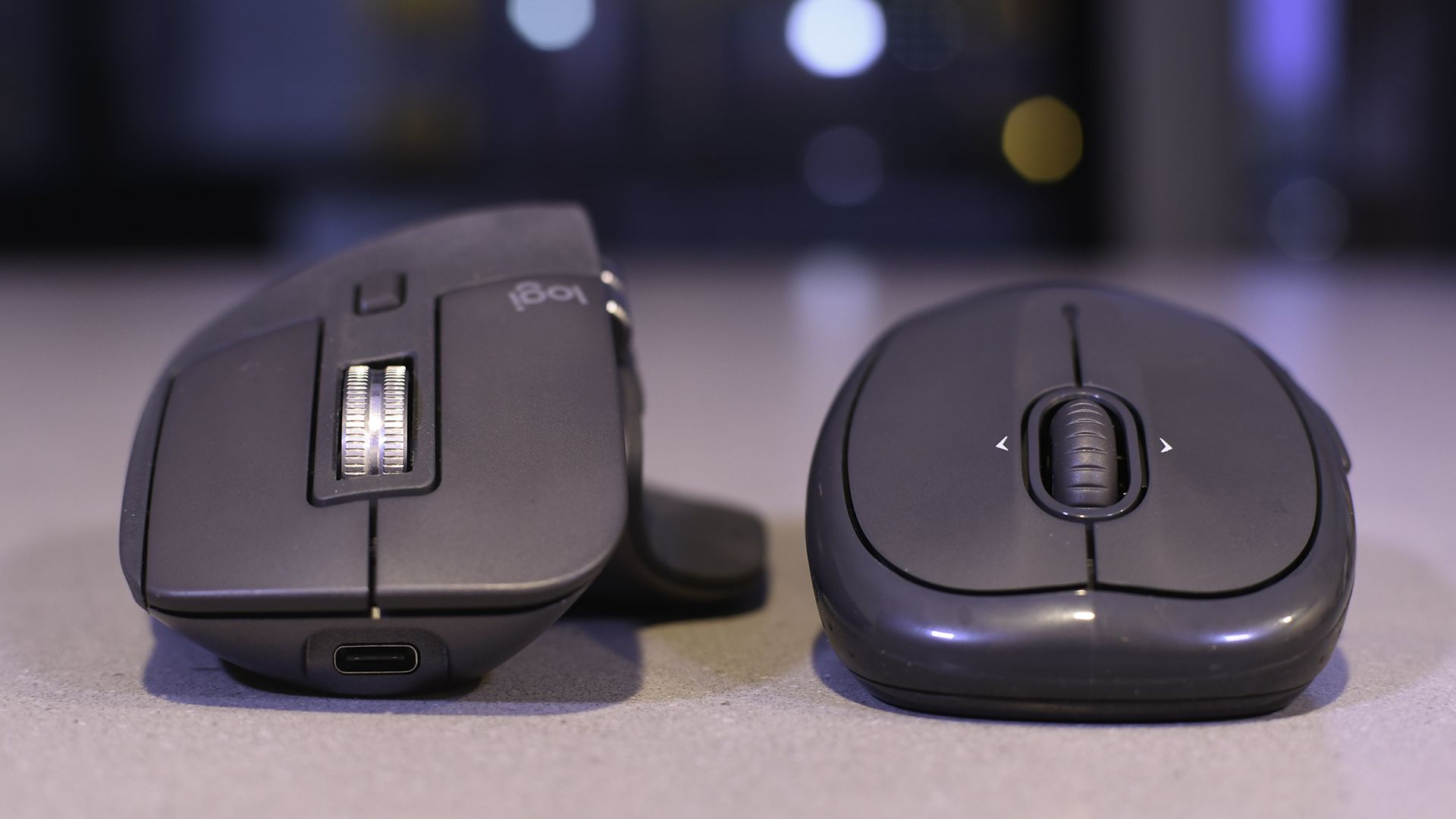I had the chance to take a class that studies disability within a musical context earlier this semester. One of the ongoing debates is to consider the definition of disability itself. Is disability a medicalized condition, or is it a social construct? Think of it, how many of us can do handwriting with both hands, probably not much. Intriguing isn’t it?
Speaking of hands, when it comes to design, I would like to point out one of the most commonly used appliances: a computer mouse.

Pullin mentioned in the book that an accessible design tends to be made universal, equipped with redundant features that help the majority and those in need. However, this approach to a universal and simpler design might give some drawbacks.
In the picture above, the right mouse is commonly referred as an ambidextrous mouse, which translates to both hands. This type of mouse is designed to fit in everyone’s hands. The mouse on the left, however, can only be used by a right-handed person.
What makes the mouse on the left is its design to be ergonomic. The ambidextrous mouse design, although is used by everyone, tends to nudge the user to ‘claw’ grip the mouse. Prolonged usage of a mouse might cause more harm than good. The ergonomic mouse is designed to prevent this from happening (Logitech). As a designer, it is important to notice these issues and make a decision about whether to provide accessibility for everyone or create a design for specific audiences.
